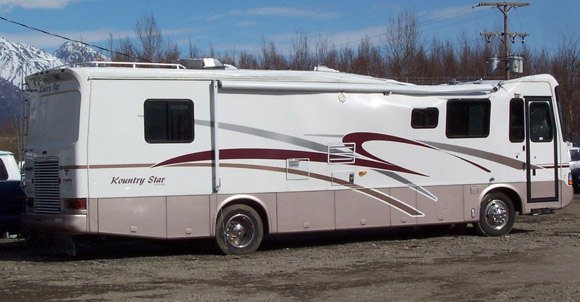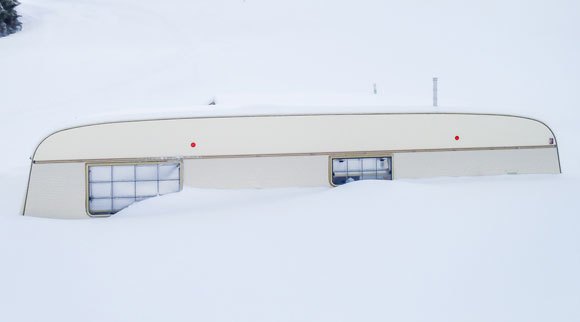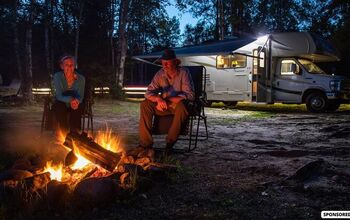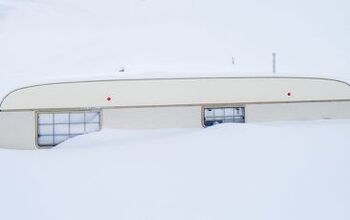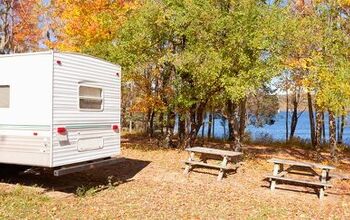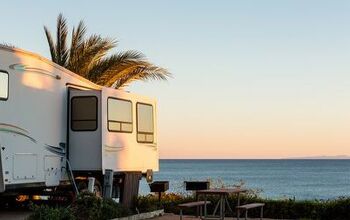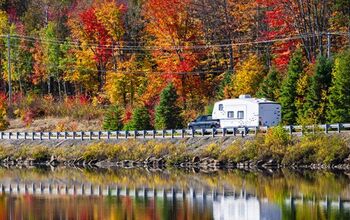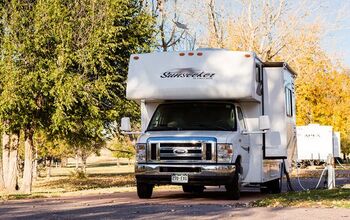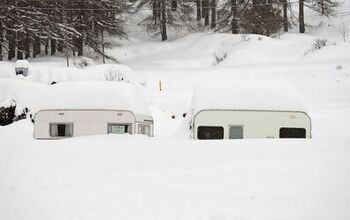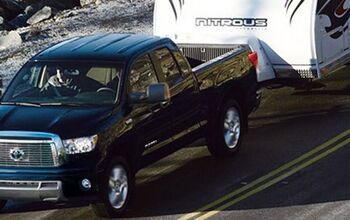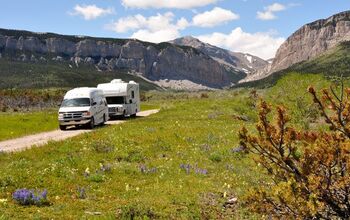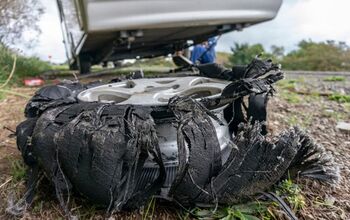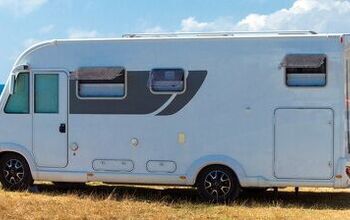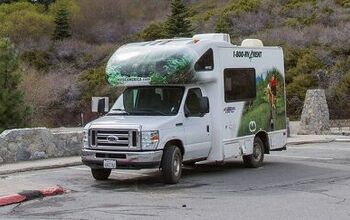How to Avoid Snow Damage to Your RV
I was toying with the idea of doing this article, but started thinking that folks who live in the southern states wouldn’t see much value in it. Then I watched the weather and saw that Texas, Alabama and other traditionally warm states were dealing with loads of uncharacteristic snowfall. When the white stuff starts to pile up, you need to be careful how much of it lands on the RV, regardless of where you live.
Snow is a fact of life for many people. It falls and gathers, and looks pretty, but is can lead to problems. We all go to great lengths to properly store our RVs during the winter months, but issues can still come up.
If you’ve shrink wrapped your RV, hopefully the place that did it for you, or if you did it yourself, placed some kind of framing underneath to help snow fall off, much like a peaked roof on a house. I know it’s kind of late now, but if you’re planning for next year, make sure you do this. Framing is not too hard to make. Just take some plywood and 2×4’s and make some curved braces that go on your roof before you place the wrap. This will help prevent snow damage from the snow building up.
So, what’s the deal?
Snow is pretty, isn’t it? The problem occurs when it piles up and then saturates. By this, I mean that on its own, snow is light and fluffy. But it never stays that way; it piles up and compresses from either the shear mass of the snow piling up or the melt and refreeze action that often occurs with snow during the winter. The sun warms it up for a bit and it starts to melt, then it refreezes over the night. On average, snow that has had the chance to sit in one area for a short length of time has a weight of 20 pounds per cubic foot! That can be much lower when it’s light and fluffy, or higher still – up to 30 pounds.
That weight adds up in a hurry. Imagine your 25-foot travel trailer with 25-feet by 7-feet of roof space. For every square foot, now add a foot of snow, not an unrealistic amount in snowy areas. You can easily end up with over 3,500 pounds of snow on the roof of your RV. That kind of weight can do severe damage to your roof, especially to an older, or leaking roof. This is why it’s such a good idea to quickly repair leaking roofs.
Taking care of it
The easy fix to avoiding snow damage to your RV is to keep an eye on the weather and periodically brush the snow off your RV. The best thing to use is a snow rake much like you’d use for your home.
You can always try to set up a shelter, like something from ShelterLogic. I know these things work, as I have one myself. Just be sure to have it in the ground and settled in before winter gets there, or the winds pick up too much. I may have had to rescue one of these from the neighbor’s tree after a wind storm. To its credit, it was completely salvageable and I’m still using it.
I wouldn’t recommend using salt pellets like some use for melting ice on their homes. If it has a high salt content, it can cause added wear and damage to the aluminum of the roof. I’d also avoid electric heating tape unless you find some that is made specifically for RVs. I have yet to come across such a thing.
What tricks do you have for keeping snow from piling up on your RV?
